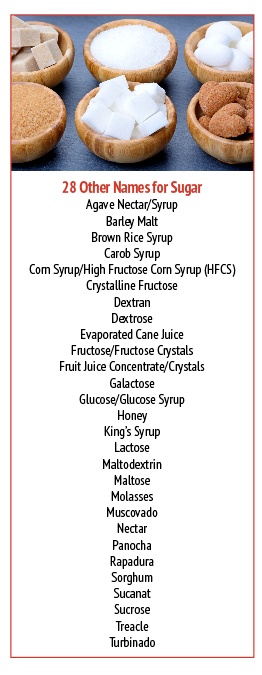Sugar: Friend or Foe?

 Sugar: You’ve been my friend after a rough day at work. I’ve loved you in brownies, my grandma’s oatmeal-raisin cookies, chocolate ice cream, and sprinkled doughnuts. I’ve enjoyed our get-togethers at birthday parties and Thanksgiving dinners.
Sugar: You’ve been my friend after a rough day at work. I’ve loved you in brownies, my grandma’s oatmeal-raisin cookies, chocolate ice cream, and sprinkled doughnuts. I’ve enjoyed our get-togethers at birthday parties and Thanksgiving dinners.
But then you started appearing where I didn’t expect you. Are you really my friend?
Back when George Washington was president, Americans consumed six pounds of sugar a year. Sugar, at that time, was a precious commodity.
Nearly 100 years later, the United States signed a treaty with Hawaii—and could therefore import sugar from Hawaii without a tariff (the sugar industry in Louisiana had been decimated by the Civil War). In exchange, Hawaii would give the U.S. a bit of their real estate: Pearl Harbor.
Then came Prohibition. Soda became a substitute for other liquid refreshments. Add the rise in sugar beet production, followed by the lower cost of sugar, and you see a steady increase in sugar consumption every year except when it was rationed during World War II.
As of 2019, Americans ate an average of 30 teaspoons of sugar each day. That’s 101 pounds of sugar per person per year.
Statistics vary, but about 17 of these teaspoons per day and 67 of these pounds per year are added sugar—not naturally occurring from fruit or milk. We surpass what the American Heart Association recommends for maximum added sugar: nine grams for men and six grams for women daily.
Sugar Hides
How is it we’re consuming so much more sugar?
Sugar, under various names, has found its way into nearly every aisle in the grocery store. But a look at the food label might not say “sugar.” It might instead say sucrose, fructose, maltose, maltodextrin, agave, and, very commonly, high fructose corn syrup (HFCS).
Fifty-six different names for sugar exist—many are easy to spot, like brown sugar. Some are sneaky, like barley malt syrup.
The Consequences
Sugar may cause elevated triglycerides, inflammation, high blood pressure, diabetes, and obesity, all of which lead to heart disease.
Excessive added sugar may also lead to liver disease, an increased risk of cancer, depression, and accelerated aging.
Making Sugar Your Friend Again
Added sugar is found in soda, energy drinks, sports drinks, and desserts. A 12-ounce can of Coke has nearly 10 teaspoons of sugar—the equivalent of three glazed donuts. It’s also hiding in packaged foods like spaghetti sauce, soup, bread, cereal, yogurt, and granola bars.
Shopping the periphery of the supermarket where fruits, vegetables, fish, and meat live is your best bet.
And with whatever you choose, read the nutrition label to make your decision. Is this food friend or foe?
Limiting sugar intake to the naturally occurring sugar is the best way to stay on friendly terms.






